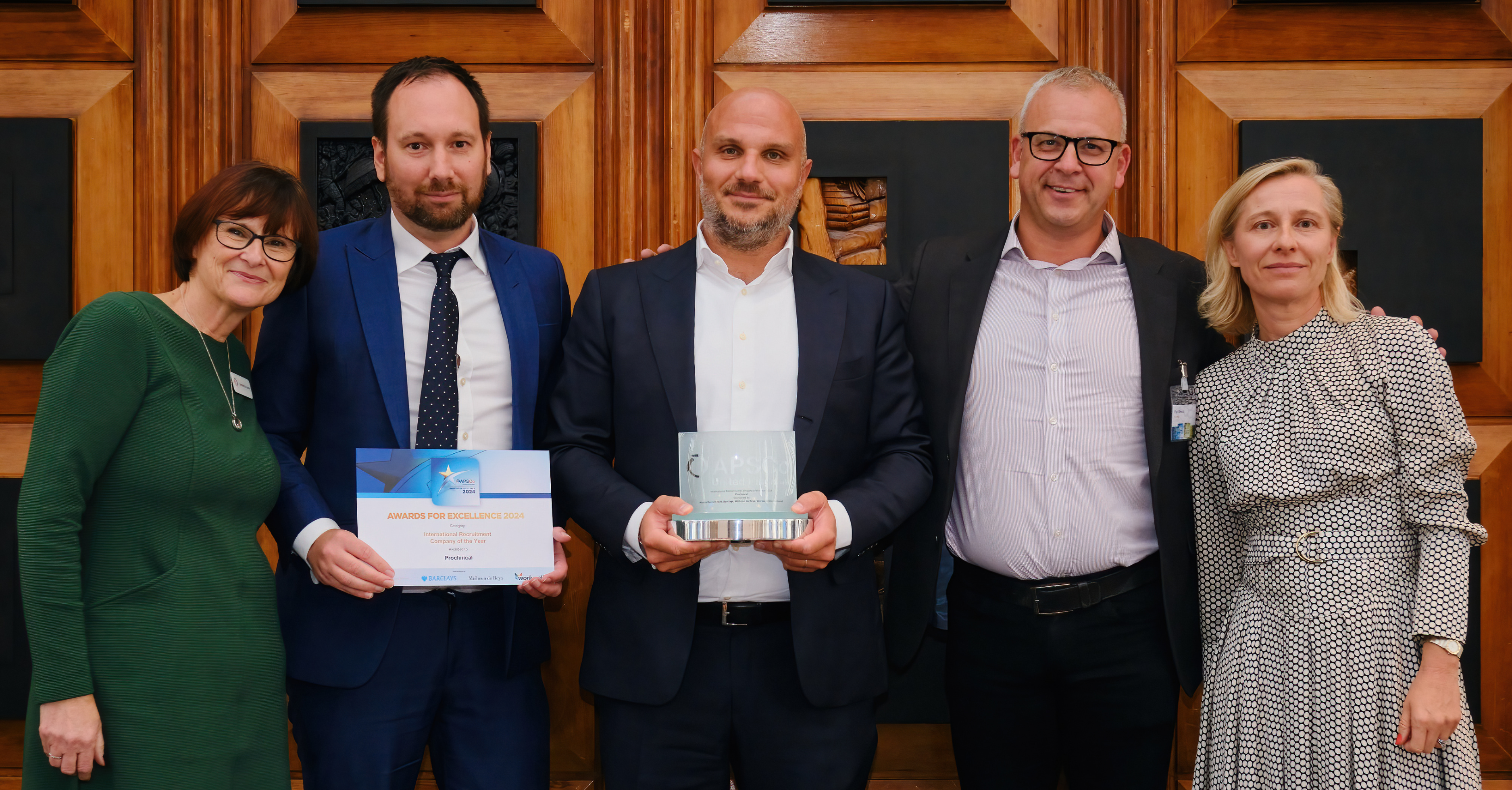
║┌┴Ž╩ėŲĄ
The rise of antibiotic resistant bacteria threatens
to disrupt the world of modern medicine in as little as 10-20 years. Most
people have heard terms such as ŌĆśantibiotic resistanceŌĆÖ and ŌĆśsuperbugsŌĆÖ and
have been lectured about the importance of finishing a course of antibiotics.
However, most do not fully realise how serious the global health threat we are
currently facing. Many have never dreamed of a world without one of the most
fundamental lifesaving medicines. What would life be like after the antibiotics
apocalypse?
What are antibiotics?
ItŌĆÖs strange to think that the most significant
medical discovery in history was an accident. In 1928, Scottish microbiologist
Alexander Fleming accidently left a contaminated culture plate lying around in
his laboratory over the course of his two-week holiday, and on his return discovered
that a mould culture had developed that prevented the growth of the bacteria on
the plate. Since then, the isolation of this anti-bacterial substance has
either eradicated or controlled a number of previously untreatable life-threatening
diseases.
How do bacteria become resistant to antibiotics?
While antibiotics
have proved to be extremely effective for many years, these microorganisms are
very smart and have resistant mechanisms that enable them to eventually
overpower antibiotics. As early as 1960, penicillin-resistant strains emerged
and the number of bacterial infections that cannot be treated by various types
of antibiotics has only increased. The more intensely an antibiotic is
prescribed, the faster the rate of antibiotic resistance to the drug.
Antibiotic
resistance has been accelerated by numerous factors. The two biggest culprits
are the misuse of antibiotics by humans, such as mistaken prescriptions and
failing to complete the full course of antibiotics, and the widespread use of
antibiotics in animal feed to promote growth and reduce infection, which causes
antibiotic resistance to pass to humans through meat, fish and dairy
consumption.
What would happen without antibiotics?
Very few new antibiotics have been discovered
since the 1970s and
the pharmaceutical industry is mostly limited to modifying current antibiotics
to combat growing resistance. Soon this method wonŌĆÖt be enough to keep the resistant
bacteria at bay. There is also not enough investment into diagnostics to detect
resistance bacteria or into the development vaccines to prevent or control the
infections.
Superbugs
like methicillin-resistance Staphylococcus aureus (MRSA) and vancomycin-resistant
enterococci (VRE) are becoming more prevalent in recent years, making it harder
and harder for hospitals to treat infected patients. It is thought that hospital
acquired antibiotic resistance infections like these currently kill around 48,000
people each year and the World Health Organisation (WHO) predicts that, by 2050,
more people will die from antibiotic resistant infections than cancer.
A world
without antibiotics could see the resurgence of old illnesses such as tuberculosis
(TB), typhoid fever, and diphtheria which claimed millions of lives before penicillin
was invented. In fact, a drug-resistant TB strain known as and is extremely difficult to treat,
with only one third of cases successfully cured. Also, sexually-transmitted bacterial
infections such as syphilis and gonorrhoea, which are currently treated with a
simple course of antibiotics, could turn into serious health threats. There has
been a recent global that is resistant to both antibiotics used to treat the
infection.
Treatments
for diseases that the pharmaceutical industry has spent decades trying to develop,
such as cancer, may become much less
effective. Before the age of antibiotics, the simplest of cuts could be fatal
if infected with bacteria, meaning that surgery was very risky. Without
effective antibiotics, the principal ways to treat cancer - surgery - may not
be as possible anymore. Other important medical procedures such as organ transplantation,
chemotherapy, radiotherapy, hip replacements, cosmetic surgery and caesarean
sections will become more dangerous.
Lack of
antibiotics may also make natural childbirth a real risk for woman and new-born
babies again. Until the 1930s, the risk of mothers and children dying during
childbirth was high until antibiotics caused mortality rates to plummet. Today,
over 30,000 women and 400,000 new-borns in developing countries die every year
due to , of which 200,000 infants die from multi-drug resistant infections.
Although birth mortality rates are low in high-income countries today, continued
overuse of antibiotics will lead to antibiotic resistance, making childbirth
complications harder to treat with available drugs.
What is being done to combat antibiotic resistance?
Scary as
the antibiotic resistance crisis is, there is still hope. The main issue is to get
the right people to work together to tackle the problem. Antibiotic resistance
expert Rustam Aminov wrote in his on
the subject that ŌĆ£it is a complex problem requiring concerted efforts of
microbiologists, ecologists, health care specialists, educationalists, policy
makers, legislative bodies, agricultural and pharmaceutical industry workers,
and the public to deal with. In fact, this should be of everyone's concern,
because, in the end, there is always a probability for any of us at some stage
to get infected with a pathogen that is resistant to antibiotic treatment.ŌĆØ The
key to preventing the antibiotic apocalypse is by working together, including
the public listening to advice about how to properly consume antibiotics, practising
better hygiene and keeping up-to-date with vaccines.
Governments
should work with the agriculture industry to reduce or ban the use of antibiotics
on healthy livestock. In 2013, the FDA took an important step by implementing a
plan to phase out the use of certain antibiotics in animals. McDonaldŌĆÖs made
headlines in 2017 when they announced they were reducing critically important and are working on plans to reduce antibiotic use in other
meats and dairy products. Avoiding animal products by opting for a
vegan lifestyle would have to be done en masse to be truly effective.
There are several life
science companies working on the development of new ways to combat antibiotic
resistance. For example, and , two of the biggest pharmaceutical companies in the world,
are both dedicated to antibiotic discovery and are exploring novel concepts that
could potentially change approaches to treatment.
Other proactive pharmas investing in antibiotic
R&D include Novartis. Pfizer, Roche and Sanofi. These companies are not
only developing new treatment options, but also carrying out crucial research
into the ecology and mechanism of antibiotics to improve their understanding of
antibiotic resistance. You can read more about in this recent report that
covers whatŌĆÖs currently in the pipeline.
Antibiotic
resistance is a scary yet very real threat the world is facing. With an
ever-increasing number of resistant superbugs emerging but a severe lack of new
treatment options, our collective future health is in jeopardy. However, there
is hope that by encouraging a unified global effort across multiple industries
(including the public), the daunting future described in this article could be kept
at bay.



.png)





.png)
.png)

.png)

.png)











